Home>Garden Essentials>What Bugs Look Like Sesame Seeds
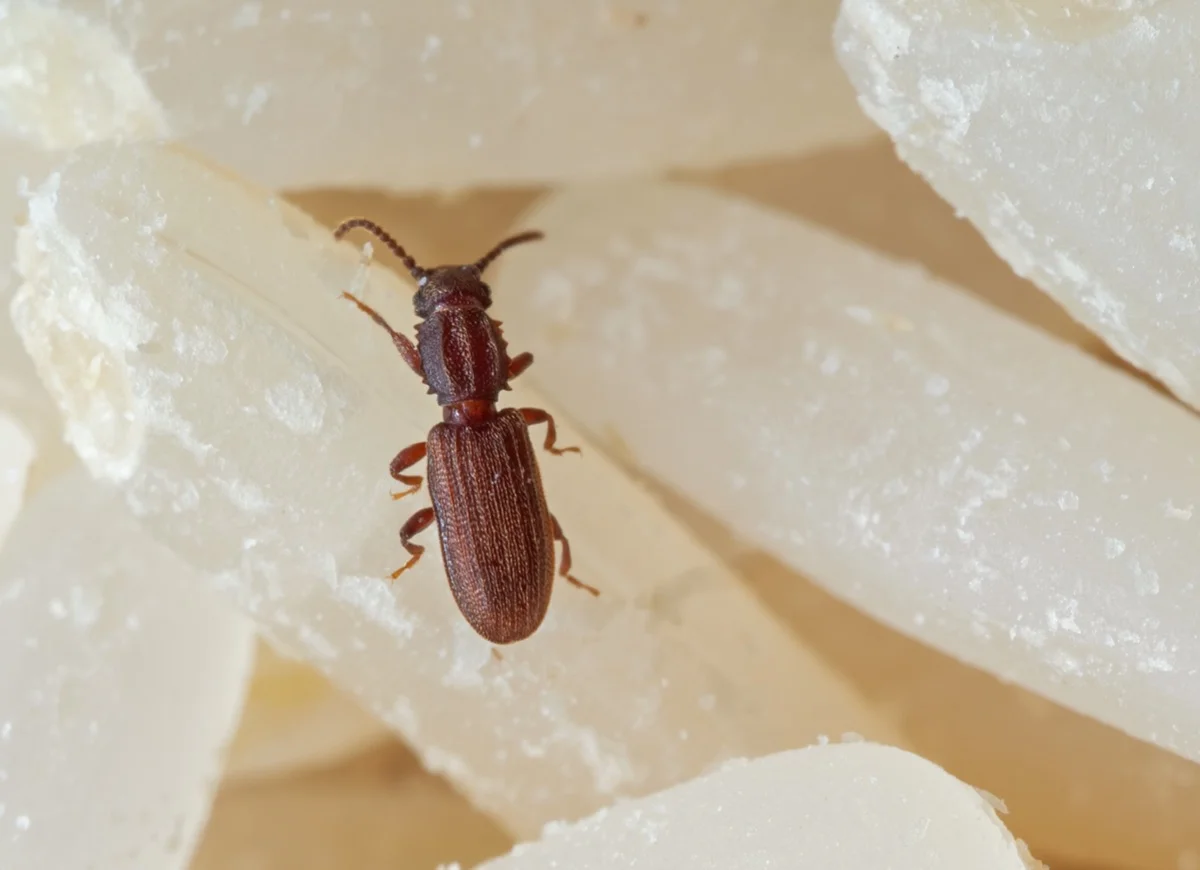

Garden Essentials
What Bugs Look Like Sesame Seeds
Modified: March 15, 2024
Discover what garden bugs look like sesame seeds and how to identify them. Protect your garden from these pests with our helpful tips and advice.
(Many of the links in this article redirect to a specific reviewed product. Your purchase of these products through affiliate links helps to generate commission for Storables.com, at no extra cost. Learn more)
Introduction
Welcome to the world of bugs! These tiny creatures can be fascinating and sometimes perplexing, especially when they bear a resemblance to sesame seeds. If you’ve ever encountered bugs that look like sesame seeds in your garden or home, you’re not alone. These insects can often go unnoticed due to their small size and inconspicuous appearance. In this article, we will explore the common bugs that resemble sesame seeds, their characteristics, how to identify them, and the preventive measures you can take to control their presence.
Understanding the size and appearance of bugs is crucial for accurate identification. While the size of bugs can vary, typically, they are small in comparison to larger pests like rodents or reptiles. Bugs often have a streamlined and compact shape, allowing them to navigate through narrow crevices and hide in various environments. This ability to conceal themselves can make it difficult to detect and differentiate them from other similar-looking insect species.
Now, let’s delve into the common bugs that may look like sesame seeds:
Key Takeaways:
- Bugs that resemble sesame seeds, like fleas, bed bugs, ticks, carpet beetles, and weevils, can be small and challenging to detect. Understanding their size, shape, and behavior is crucial for effective identification and prevention.
- Regular inspections, proper hygiene, and cleanliness are essential in preventing bug infestations. Employing pest control methods, such as chemical treatments and physical removal, can help eliminate these pests if an infestation occurs.
Read more: What Do Sesame Seeds Taste Like
Understanding the size and appearance of bugs
Before we explore the bugs that resemble sesame seeds, it’s essential to have a basic understanding of their size and appearance. While bugs come in various shapes and sizes, they are generally small creatures that can easily be overlooked. Their ability to hide in small spaces and camouflage themselves makes them elusive and challenging to detect.
Now, let’s take a closer look at the common bugs that bear a resemblance to sesame seeds:
- Fleas: These tiny insects are known for their jumping abilities. Adult fleas are about 2 to 3 mm in length and have a reddish-brown color. They have a flattened body and long hind legs, which allow them to leap onto their hosts.
- Bed bugs: Bed bugs are notorious for infesting homes and causing sleepless nights. They are small, oval-shaped insects with a reddish-brown color. Adult bed bugs can range from 4 to 5 mm in length, similar to the size of a sesame seed.
- Ticks: Ticks are arachnids that can transmit diseases to humans and animals. Depending on the species, ticks can vary in size, but some of them can be as small as sesame seeds, especially during the nymph stage.
- Carpet beetles: These insects are often found in homes and can cause damage to carpets, fabrics, and stored food. Adult carpet beetles are typically small and oval-shaped, with a size ranging from 2 to 5 mm. Some species have a brown or black color, similar to that of sesame seeds.
- Weevils: Weevils are a type of beetle known for infesting stored grains and pantry essentials. They have a distinctive snout-like protrusion on their head. Weevils can vary in size, but many species are comparable in length to sesame seeds.
These bugs may be small, but their impact can be significant. Identifying these pests correctly is crucial for effective control and prevention measures. Now that we have explored the bugs that resemble sesame seeds, let’s discuss the characteristics that set them apart from other insects.
Fleas
Fleas are small, wingless insects that belong to the order Siphonaptera. These parasitic pests are known for their ability to jump long distances, making it easy for them to move between hosts and infest different areas of a home or garden.
When examining fleas, you will notice their distinct reddish-brown color. Adult fleas have a flattened body, which enables them to move easily through the hair or fur of their host. Their compact size, ranging from 2 to 3 mm, is similar to that of sesame seeds, making it easy for them to go unnoticed.
Fleas have several distinguishing features that can help you identify them. One of their most prominent characteristics is their long hind legs, designed for jumping. These legs allow fleas to leap onto their hosts, including mammals, birds, and even humans. It’s important to note that fleas prefer warm-blooded hosts, so if you have pets or live in an area with wildlife, your home may be at higher risk of a flea infestation.
In addition to their distinctive appearance, fleas exhibit characteristic behavior patterns. They are highly mobile insects that can move rapidly through fur or fabric. If you suspect a flea infestation, you may observe your pets scratching excessively or notice small, red, itchy bites on your own body. Fleas feed on the blood of their hosts, and their bites can cause discomfort and irritation.
It’s important to address a flea infestation promptly to prevent it from spreading and causing further problems. To control fleas, you can take several measures, including regular vacuuming, washing pet bedding, and using flea treatments on your pets. In severe infestations, professional pest control may be necessary to eliminate these pesky pests.
Now that we have examined fleas, let’s move on to another bug that resembles sesame seeds – bed bugs.
Bed bugs
Bed bugs are small, nocturnal insects that belong to the family Cimicidae. These bloodsucking pests are notorious for infesting homes, hotels, and other areas where humans reside or frequent. While they are commonly associated with beds and mattresses, bed bugs can also be found in furniture, cracks in walls, and other hidden areas.
When it comes to size, adult bed bugs are typically about 4 to 5 mm in length, which is similar to the size of a sesame seed. Their oval-shaped body is dark brown or reddish-brown in color. While they cannot fly, bed bugs have flattened bodies, allowing them to squeeze into narrow cracks and crevices, making them challenging to detect.
One of the key characteristics of bed bugs is their ability to feed on human blood. They are attracted to warmth and carbon dioxide exhaled by their hosts, making beds an ideal feeding ground. Bed bugs generally come out at night to feed, biting exposed skin to access a blood meal. The bites often result in small, itchy, red welts.
Identifying a bed bug infestation can be challenging because these pests are excellent at hiding. Signs of a bed bug infestation may include bloodstains on sheets or mattresses, dark spots of excrement, and the presence of shed skin or eggs. If you suspect a bed bug infestation, thorough inspection and professional assistance may be necessary to address the problem effectively.
Controlling bed bugs requires a comprehensive approach. This typically involves a combination of measures, including thorough cleaning, vacuuming, hot washing and drying of bedding and clothing, and the use of insecticides designed specifically for bed bug control. It’s important to note that addressing a bed bug infestation can be a lengthy process, and it may be necessary to repeat treatments to ensure complete eradication.
Now that we’ve explored bed bugs, let’s move on to another bug that bears a resemblance to sesame seeds – ticks.
Ticks
Ticks are small arachnids that belong to the order Ixodida. These parasitic pests are known for their ability to transmit diseases to humans and animals through their bites. While ticks come in various species and sizes, some of them can be as small as sesame seeds, especially during the nymph stage of their lifecycle.
When it comes to identifying ticks, it’s important to note their distinctive characteristics. Ticks have a rounded or oval-shaped body that can expand when engorged with blood. Their body is divided into two main regions – the capitulum (head and mouthparts) and the idiosoma (body). The size and color of ticks depend on the species and their life stage.
Adult ticks can range in size from a few millimeters to over a centimeter, depending on the species. However, during the nymph stage, some ticks can be as small as sesame seeds, making them difficult to spot. It’s worth mentioning that ticks can vary in color, from light brown to reddish-brown or black, depending on their species and feeding status.
Ticks have a unique feeding behavior. They latch onto their hosts by inserting their mouthparts into the skin and feeding on the blood. Ticks prefer warm-blooded hosts, including mammals, birds, and even reptiles. They are often found in grassy and wooded areas, where they wait for a host to pass by, and then climb onto them.
If you spend time outdoors, especially in tick-prone areas, it’s essential to take preventive measures. Wear protective clothing, such as long sleeves and pants, and use insect repellents that are effective against ticks. After spending time outdoors, check your body, clothing, and pets for any sign of ticks. Promptly removing any attached ticks can help reduce the risk of disease transmission.
If you find ticks in your home or discover a tick bite, it’s crucial to seek medical attention if you experience any unusual symptoms, such as rash, fever, or muscle aches. Additionally, addressing tick infestations in your environment may require professional assistance to ensure effective control and prevention.
Now that we have explored ticks, let’s move on to another bug that resembles sesame seeds – carpet beetles.
Read more: What Does Sesame Seed Oil Taste Like
Carpet beetles
Carpet beetles are small insects that belong to the family Dermestidae. These pests are often found in homes and can cause damage to carpets, upholstery, fabrics, and even stored food. While carpet beetles come in various species, many of them are comparable in size to sesame seeds.
Adult carpet beetles are typically small, ranging from 2 to 5 mm in length. They have an oval or elongated shape and may vary in color depending on the species. Some carpet beetles have a brown or black coloration, similar to that of sesame seeds, while others may appear mottled or patterned.
Identifying carpet beetles can be challenging, as they tend to hide and avoid detection. However, there are some key signs that can indicate their presence. Look for adult beetles, shed skin, or their larvae, which are often referred to as “woolly bears” due to their fuzzy appearance. Carpet beetle larvae are small and covered in bristle-like hairs, and they are known to cause damage to fabrics and other organic materials.
Carpet beetles are attracted to natural fibers, such as wool, silk, fur, and feathers, which makes carpets and upholstery vulnerable to infestation. They can also infest stored food items, including grains, seeds, and pet food. If you notice signs of carpet beetles or suspect an infestation, it’s important to take immediate action to prevent further damage.
Preventing and controlling carpet beetles involves several steps. Regular vacuuming, especially in areas where carpet beetles are likely to hide, can help eliminate adult beetles and their larvae. Pay close attention to areas near baseboards, beneath furniture, and within cracks and crevices. Proper storage of clothing, fabrics, and food items in sealed containers can also help prevent infestations. In severe cases, professional pest control services may be necessary to effectively address a carpet beetle problem.
Now that we’ve explored carpet beetles, let’s move on to another bug that resembles sesame seeds – weevils.
Weevils
Weevils are a type of beetle that belongs to the family Curculionidae. These pests are known for their ability to infest stored grains, pantry essentials, and various crops. While weevil species can vary in size, many of them are comparable in length to sesame seeds.
One of the distinguishing characteristics of weevils is their distinctive snout-like protrusion on their head, known as a rostrum. This elongated snout contains their mouthparts, which they use to pierce and feed on plant material. The size and shape of the rostrum can differ among weevil species, but it is a notable feature that sets them apart from other insects.
The size of weevils can vary depending on the species, with adults ranging from a few millimeters to over a centimeter in length. Some common examples include rice weevils and granary weevils, which are typically around 2 to 3 mm in size, similar to sesame seeds.
Coloration also plays a role in identifying weevils. While some species may have a solid color, such as black or brown, others may display mottled patterns or markings. Their bodies typically have a hardened exoskeleton, which provides protection and durability.
Weevils are typically found in grain storage areas, such as pantries, cereal boxes, or rice containers. They are known to infest various types of grains, including rice, wheat, oats, and corn. However, they can also infest other food items, such as nuts, seeds, and even dried fruits.
If you suspect a weevil infestation in your pantry, it’s important to promptly inspect and discard any infested food items. Proper storage of grains and pantry staples in airtight containers can help prevent weevil infestations. Regular cleaning and monitoring of food storage areas can also aid in early detection and control.
Now that we’ve explored the characteristics of bugs that resemble sesame seeds, it’s time to discuss how to identify them and the necessary steps for prevention and control.
Size
When it comes to bugs that resemble sesame seeds, size is an important characteristic to consider. While these bugs can vary in size depending on the species, many of them are generally small and comparable in length to sesame seeds.
Understanding the size of these bugs can help in their identification and differentiation from other pests. Here are some approximate size ranges for bugs that look like sesame seeds:
- Fleas: Fleas are typically about 2 to 3 mm in length, which is similar to the size of a sesame seed.
- Bed bugs: Adult bed bugs can range from 4 to 5 mm in length, comparable to the size of a sesame seed.
- Ticks: While ticks can vary in size depending on the species and life stage, some of them, particularly during the nymph stage, can be as small as sesame seeds.
- Carpet beetles: Adult carpet beetles are generally small, ranging from 2 to 5 mm in length, similar to the size of sesame seeds.
- Weevils: Weevils come in various species, but many of them are comparable in length to sesame seeds.
It’s important to note that these size ranges are approximate and can vary depending on factors such as the species, age, and conditions in which the bugs are found. However, keeping in mind the general size range can help in the initial identification of bugs that resemble sesame seeds.
Identifying bugs based on size alone is not always sufficient, as other characteristics such as shape, color, and behavior are also important factors. It’s advisable to consider multiple characteristics together for accurate identification.
Now that we’ve discussed the size of bugs that resemble sesame seeds, let’s move on to exploring other key characteristics of these bugs.
When looking for bugs that resemble sesame seeds, check for small, oval-shaped bodies with a dark color. Look for any movement or jumping to confirm if it’s a bug or just a seed.
Shape
When identifying bugs that resemble sesame seeds, their shape is an essential characteristic to consider. While these bugs can have differences in shape, they often share some common features that set them apart from other insects.
Here are some general observations about the shape of bugs that look like sesame seeds:
- Fleas: Fleas have a flattened body that allows them to move easily through fur or fabric. This streamlined shape helps them navigate and hide in the hair or fur of their hosts.
- Bed bugs: Bed bugs have an oval-shaped body, which can appear slightly flattened. This shape helps them conceal themselves in narrow crevices and tight spaces.
- Ticks: Ticks have a rounded or oval-shaped body that can expand when they are engorged with blood. Their body is divided into two main regions – the capitulum (head and mouthparts) and the idiosoma (body).
- Carpet beetles: Adult carpet beetles have an oval or elongated shape. This shape allows them to maneuver through various organic materials, such as fabrics and stored food, which they can infest.
- Weevils: Weevils have a distinct shape with an elongated snout-like protrusion on their head, known as a rostrum. This feature sets them apart from many other insects and makes them easily identifiable.
Considering the shape of these bugs can help in their recognition and differentiation from other pests. However, it’s important to note that shape alone may not be sufficient for accurate identification. Other features such as size, color, and behavior should be taken into account as well.
By paying attention to the shape of bugs that resemble sesame seeds, you can have a better understanding of their anatomy and recognize them more easily. This knowledge is valuable in identifying and implementing appropriate control measures.
Now that we’ve explored the shape of these bugs, let’s move on to discussing their color, another key characteristic for identification.
Read more: What Bed Bug Bites Look Like
Color
The color of bugs that resemble sesame seeds can vary depending on the species and their specific characteristics. While some bugs may have a solid color, others may exhibit patterns or markings that make them easily distinguishable. Considering the color of these bugs is an important aspect of their identification.
Here are some general observations about the color of bugs that look like sesame seeds:
- Fleas: Fleas typically have a reddish-brown color. However, their precise shade can vary depending on factors such as their age, species, and whether they have fed recently.
- Bed bugs: Bed bugs are often described as having a reddish-brown coloration. However, their color may appear darker or lighter depending on their stage of development and whether they have recently fed.
- Ticks: Ticks can come in various colors depending on the species, life stage, and feeding status. Common colors include brown, black, or reddish-brown.
- Carpet beetles: Adult carpet beetles can range in color from brown to black. Some species may exhibit mottled or patterned markings as well.
- Weevils: Weevils come in different species, each with its own distinct coloration. Some may have solid black or brown colors, while others may display patterns or markings.
Identifying bugs based on color can be a helpful clue, especially when combined with other characteristics such as size and shape. However, it’s important to note that color alone may not be sufficient for precise identification. It’s advisable to consider multiple characteristics together to ensure accurate recognition.
Now that we’ve explored the color of bugs that resemble sesame seeds, let’s move on to discussing how to identify these bugs based on their physical characteristics and behavior.
Physical characteristics
When identifying bugs that resemble sesame seeds, their physical characteristics play a crucial role. Examining their physical features can help distinguish them from other insects and aid in accurate identification. Here are some key physical characteristics to consider:
- Body structure: Many of these bugs have compact, flattened bodies that allow them to easily hide in narrow crevices and navigate through various environments.
- Size and shape: Bugs that resemble sesame seeds are generally small, with sizes ranging from 2 to 5 mm. They may have an oval-shaped body or an elongated shape, depending on the species.
- Coloration: The color of these bugs can vary, with shades ranging from reddish-brown to brown or black. Some species may have patterns, mottled markings, or distinct color variations.
- Distinctive features: Certain bugs, such as weevils, may possess a prominent snout-like protrusion on their head called a rostrum, which sets them apart from other insects.
- Legs and antennae: The number, length, and structure of legs and antennae can vary among bug species. Observing these features can aid in identification.
- Hair or bristle-like structures: Some bugs may have fuzzy or hairy bodies, particularly during certain stages of their life cycle, such as carpet beetle larvae or woolly bear caterpillars.
By closely examining these physical characteristics, you can determine the distinguishing features of bugs that resemble sesame seeds and differentiate them from other insects. However, it’s important to remember that identifying bugs solely based on physical characteristics can sometimes be challenging. It’s often helpful to consider multiple factors, including behavior patterns, to ensure accurate identification.
Now that we’ve discussed the physical characteristics of these bugs, let’s move on to their behavior patterns, which can provide further insights for identification.
Behavior patterns
Understanding the behavior patterns of bugs that resemble sesame seeds can be instrumental in identifying and effectively controlling their presence. By observing their actions and habits, you can gain valuable insights into their characteristics and take proactive measures to prevent infestations. Here are some common behavior patterns to consider:
- Feeding habits: Many of these bugs are opportunistic feeders, seeking out hosts or food sources to sustain themselves. For example, fleas and bed bugs feed on the blood of warm-blooded animals, while carpet beetles and weevils may infest stored food items. Understanding their feeding habits can aid in identification and targeting appropriate control measures.
- Movement and mobility: Bugs that resemble sesame seeds can be highly mobile. Fleas, for instance, are agile jumpers and can quickly move between hosts or infested areas. Similarly, ticks can actively crawl to find a suitable location to attach themselves. Being aware of their mobility can help detect their presence and prevent their spread.
- Nocturnal behavior: Some of these bugs, like bed bugs, are nocturnal and primarily active during the nighttime. They emerge from their hiding places to feed on hosts while they sleep. Knowing their activity patterns can aid in targeted inspections and control strategies.
- Preference for specific environments: Certain bugs have preferences for specific environments or habitats. For instance, carpet beetles thrive in areas with organic materials like carpets, upholstered furniture, and stored clothing. Understanding their preferred environments can assist in focusing prevention and control efforts in those areas.
- Reproduction and lifecycle: Understanding the reproductive behavior and lifecycle of these bugs is crucial for effective control. Some, like fleas and bed bugs, have rapid reproduction rates, leading to infestations that can quickly escalate if not addressed promptly. Knowledge of their lifecycle stages enables targeted treatments and prevention methods.
By familiarizing yourself with the behavior patterns of bugs that resemble sesame seeds, you can take proactive steps to prevent infestations and control their presence. Regular inspections, proper sanitation, and targeted treatments can help minimize the risks associated with these pests.
Now that we’ve explored the behavior patterns of these bugs, let’s move on to discussing the prevention and control measures you can implement to keep them at bay.
Inspection and detection
When it comes to preventing and controlling bugs that resemble sesame seeds, thorough inspection and detection are key steps in identifying their presence and taking appropriate action. Regular inspections can help you detect infestations early on and implement effective control measures. Here are some important points to keep in mind:
- Visual inspection: Conduct visual inspections of areas where these pests are commonly found, such as beds, furniture, carpets, and stored food items. Look for signs of bugs, including adults, nymphs, larvae, shed skins, eggs, or their fecal droppings.
- Use of a flashlight: Utilize a flashlight to examine dark corners, cracks, crevices, and other hidden areas where bugs may be hiding. Pay close attention to seams, tufts, folds, and gaps in furniture, as these are common harborages for pests like bed bugs.
- Monitor pet activity: Keep an eye on your pets, especially if fleas or ticks are a concern. Regularly inspect their fur and skin for adult fleas, ticks, or signs of excessive scratching and discomfort.
- Inspect stored food items: Check food storage areas, such as pantries and cabinets, for signs of infestation by pests like carpet beetles or weevils. Look for webbing, larvae, adult insects, or damaged food products.
- Utilize sticky traps: Place sticky traps or adhesive tapes in areas suspected of bug activity, such as near beds, furniture, or entry points. These traps can help capture crawling insects and provide evidence of their presence.
- Seek professional help: If you are uncertain about the identification of bugs or the extent of an infestation, consider consulting a professional pest control service. They have the expertise and tools to conduct comprehensive inspections and provide targeted solutions.
Regular inspections and early detection play a crucial role in addressing bug infestations promptly. By being vigilant and proactive, you can minimize the risks associated with these pests.
Now that we’ve discussed inspection and detection, let’s move on to exploring the preventive measures you can take to reduce the likelihood of bug infestations.
Read more: What Does A Bed Bug Look Like
Proper hygiene and cleanliness
Maintaining proper hygiene and cleanliness is essential in preventing and controlling bugs that resemble sesame seeds. By adopting good sanitation practices, you can create an environment that is less attractive to these pests and reduce the risk of infestations. Here are some important measures to consider:
- Regular cleaning: Clean your living spaces regularly, including vacuuming carpets, sweeping floors, and dusting furniture. Pay attention to cracks, crevices, and hidden areas where bugs can hide and breed.
- Laundry care: Wash bedding, linens, and pet bedding regularly in hot water to eliminate any insects or eggs that may be present. Pay attention to the recommended temperature settings and drying durations to ensure effectiveness.
- Minimize clutter: Reduce clutter in your home to eliminate potential hiding places for bugs. Dispose of unnecessary items, organize belongings, and keep storage areas clean and tidy. Clutter provides ample hiding spots for pests like bed bugs and carpet beetles.
- Food storage: Store food items in sealed containers, preferably made of glass or hard plastic, to prevent pests like carpet beetles and weevils from accessing and infesting your pantry. Ensure that cabinets and shelves are clean and free of food debris.
- Pet care: Keep your pets clean and groomed regularly to minimize the risk of flea and tick infestations. Maintain a hygienic living environment for them by washing their bedding and inspecting their fur for signs of pests.
- Outdoor cleanliness: Pay attention to the cleanliness of your outdoor surroundings, such as gardens, yards, and garbage areas. Remove debris, trim vegetation, and eliminate standing water sources to discourage pests from breeding and migrating indoors.
By practicing proper hygiene and cleanliness, you create an environment that is less attractive to bugs and reduces their potential for infestation. Consistency is key, and adopting these habits as part of your routine can significantly minimize the risk of bug-related problems.
Now that we’ve discussed hygiene and cleanliness, let’s move on to exploring pest control methods to address and mitigate the presence of bugs that resemble sesame seeds.
Pest control methods
When it comes to dealing with bugs that resemble sesame seeds, there are various pest control methods you can employ to address and mitigate their presence. Depending on the severity of the infestation and the specific pest involved, here are some common control measures to consider:
- Chemical insecticides: Insecticides specifically formulated for the targeted pest can be effective in controlling populations. However, it is important to carefully follow instructions, consider the potential risks, and consult a professional if needed.
- Physical removal: For larger pests like ticks or carpet beetles, physically removing them from the environment can be helpful. This may involve carefully tweezing ticks off the skin or using vacuum cleaners to remove carpet beetles and their larvae.
- Heat treatments: For bed bugs, heat treatments can be highly effective. Raising the temperature in infested areas to lethal levels can kill bed bugs and their eggs. Professional exterminators can perform these treatments safely and efficiently.
- Integrated Pest Management (IPM): IPM is an eco-friendly approach that combines various pest control methods to minimize the use of chemicals. It involves identifying and eliminating key areas where pests breed, using physical barriers, improving sanitation practices, and employing targeted treatments.
- Professional pest control: If the infestation is severe, persistent, or if you are unsure about handling it on your own, seeking professional pest control services is advisable. Professionals have the knowledge, experience, and tools to effectively assess and address the problem.
It’s essential to note that prevention is key in managing bug infestations. By implementing proactive measures, such as regular inspections, hygiene practices, and proper storage, you can minimize the likelihood of infestations and the need for extensive pest control efforts.
Conclusion
Bugs that resemble sesame seeds can be a nuisance, but with proper knowledge and preventive measures, you can keep their populations under control. Understanding their size, shape, color, behavior patterns, and identifying signs of infestation is crucial for effective management. Regular inspections, proper hygiene, and cleanliness play a significant role in preventing bug infestations.
Should an infestation occur, employing appropriate pest control methods, such as chemical treatments, physical removal, or heat treatments, can help eliminate these pests. Integrated Pest Management (IPM) provides an eco-friendly approach to managing infestations while minimizing the use of chemicals.
Remember, if you are unsure about identifying or controlling bugs, consulting with a professional pest control service is always a viable option. They can offer expert advice, tailor treatments to your specific situation, and ensure the effective and safe management of bug infestations.
By staying informed, maintaining cleanliness, and taking proactive measures, you can create a pest-free environment and enjoy the beauty of your home and garden without the presence of bugs that resemble sesame seeds.
Frequently Asked Questions about What Bugs Look Like Sesame Seeds
Was this page helpful?
At Storables.com, we guarantee accurate and reliable information. Our content, validated by Expert Board Contributors, is crafted following stringent Editorial Policies. We're committed to providing you with well-researched, expert-backed insights for all your informational needs.
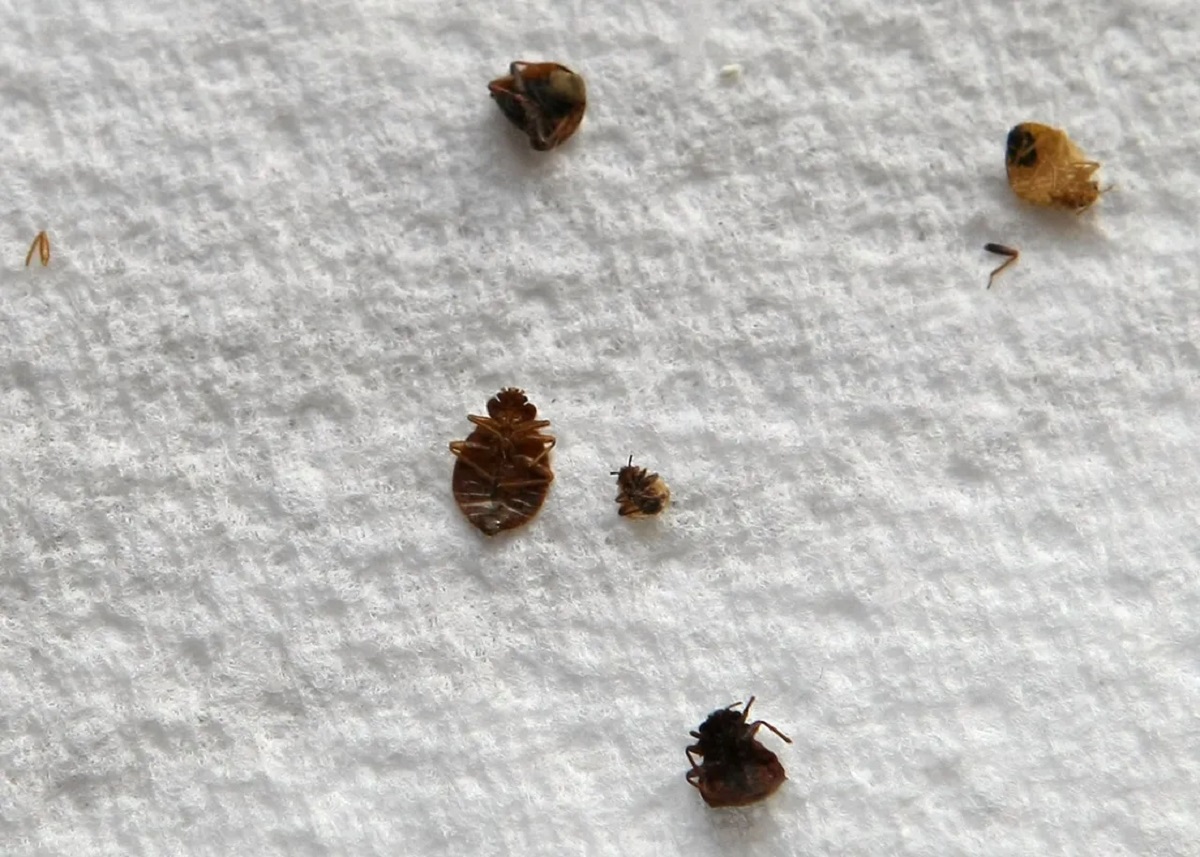
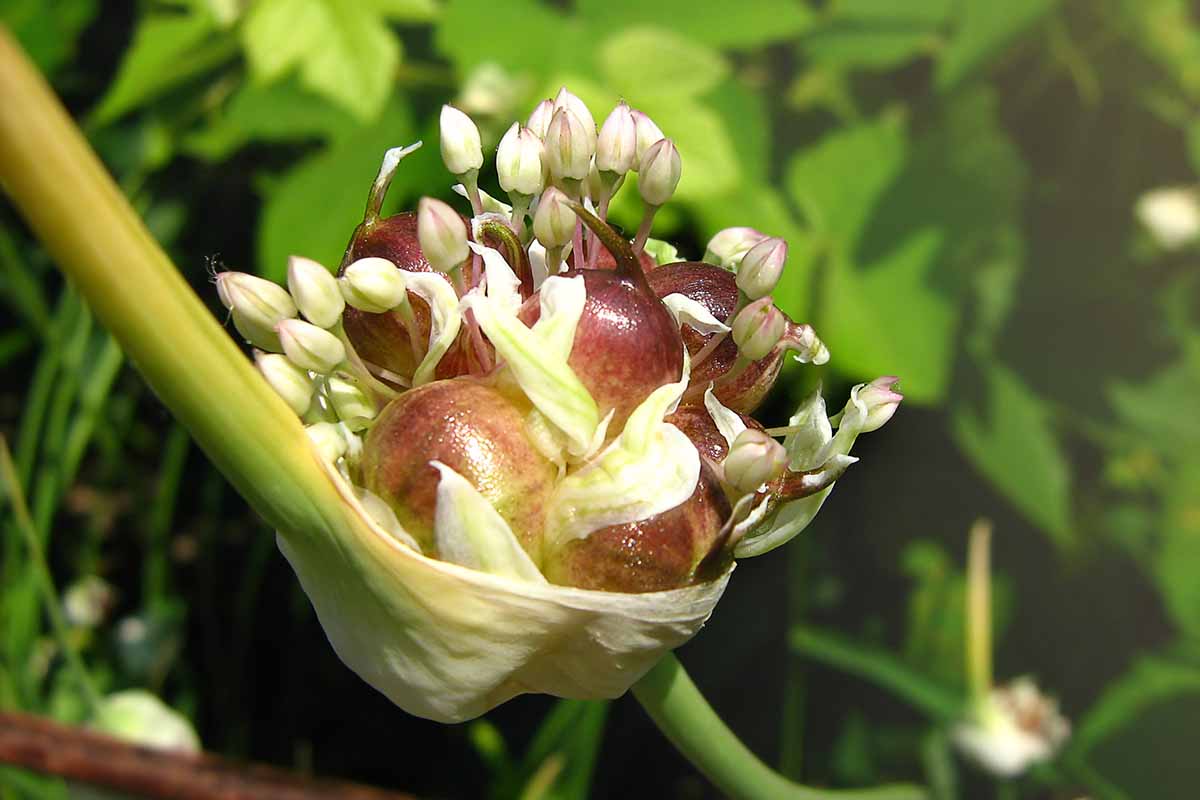
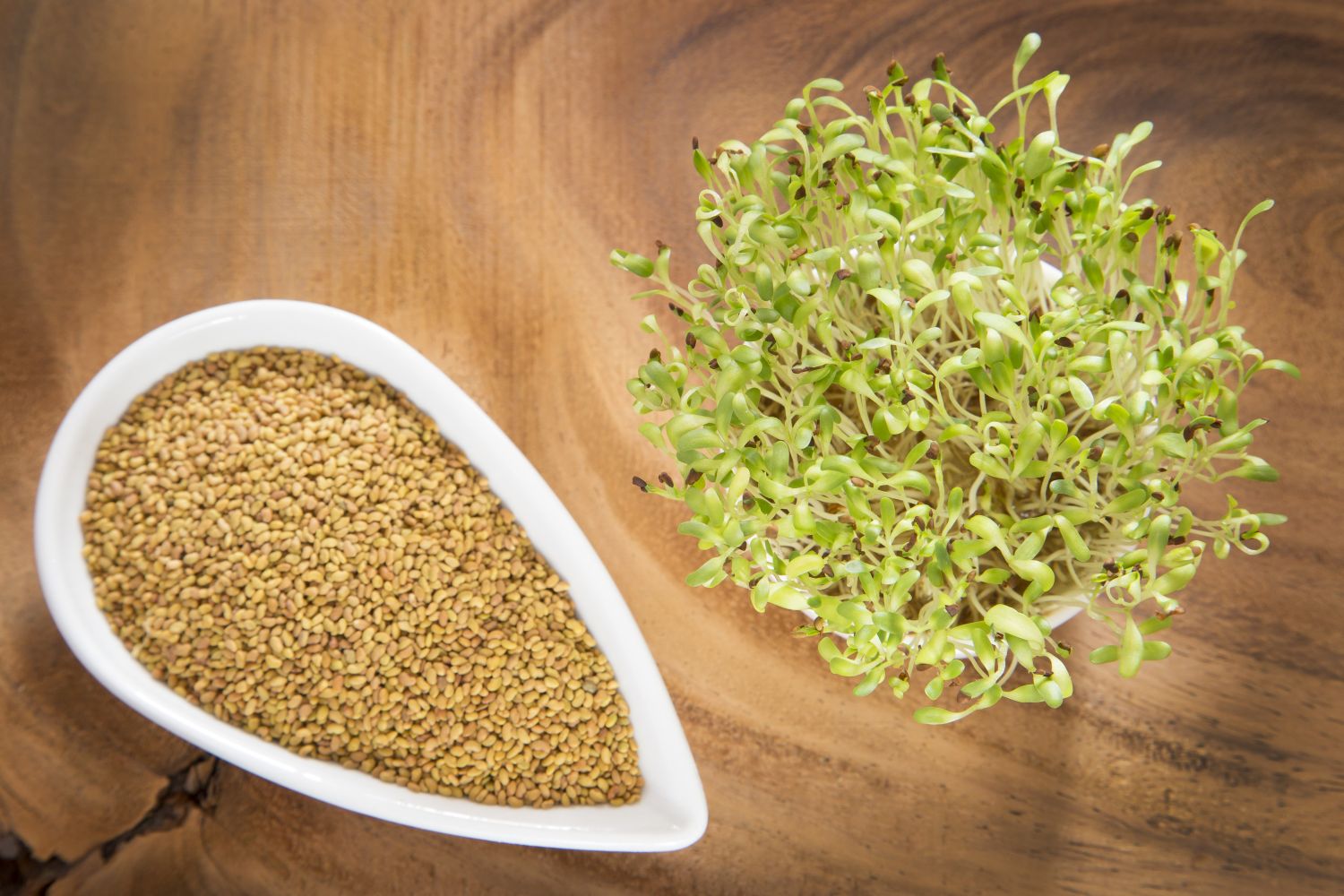

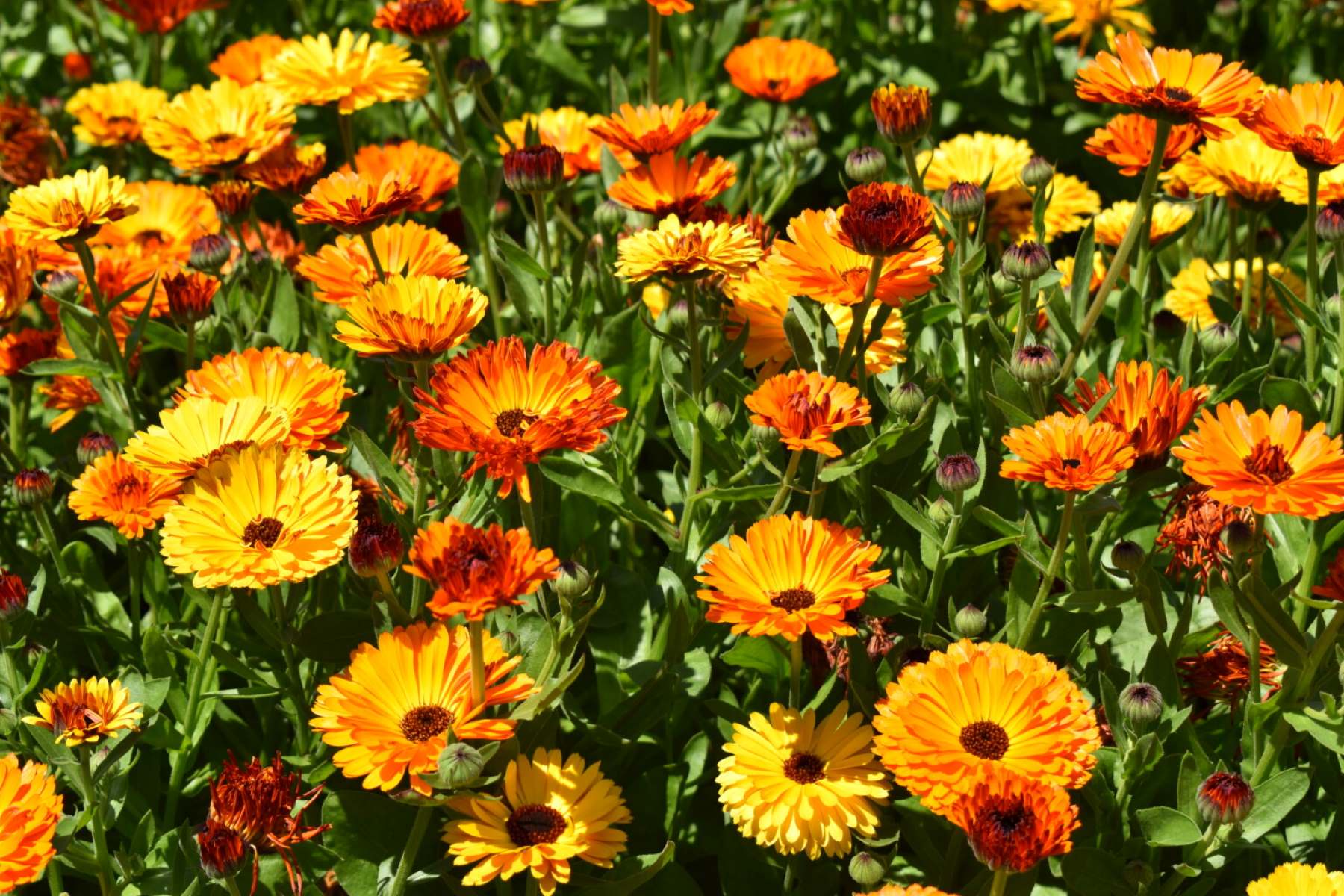
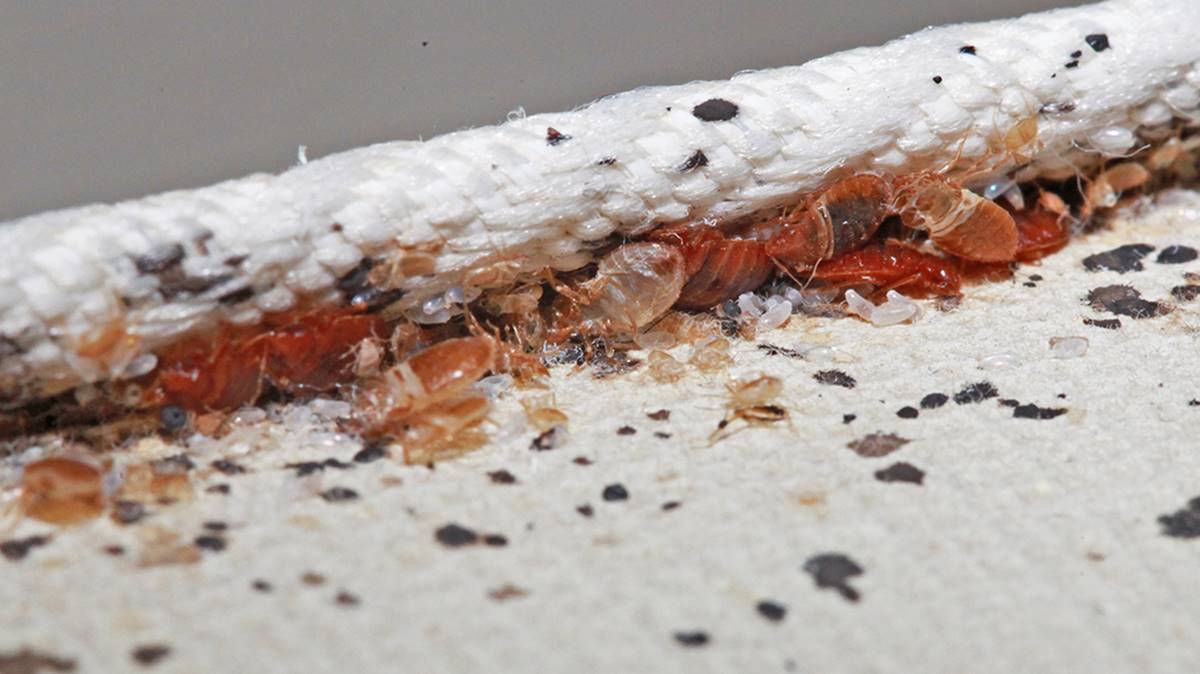
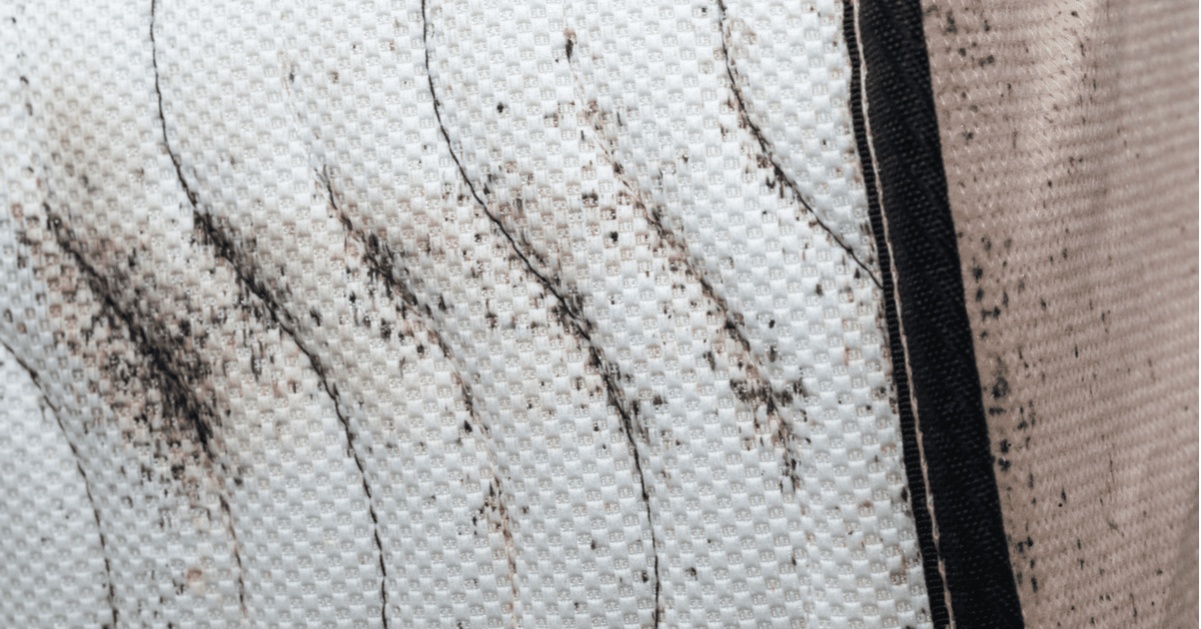
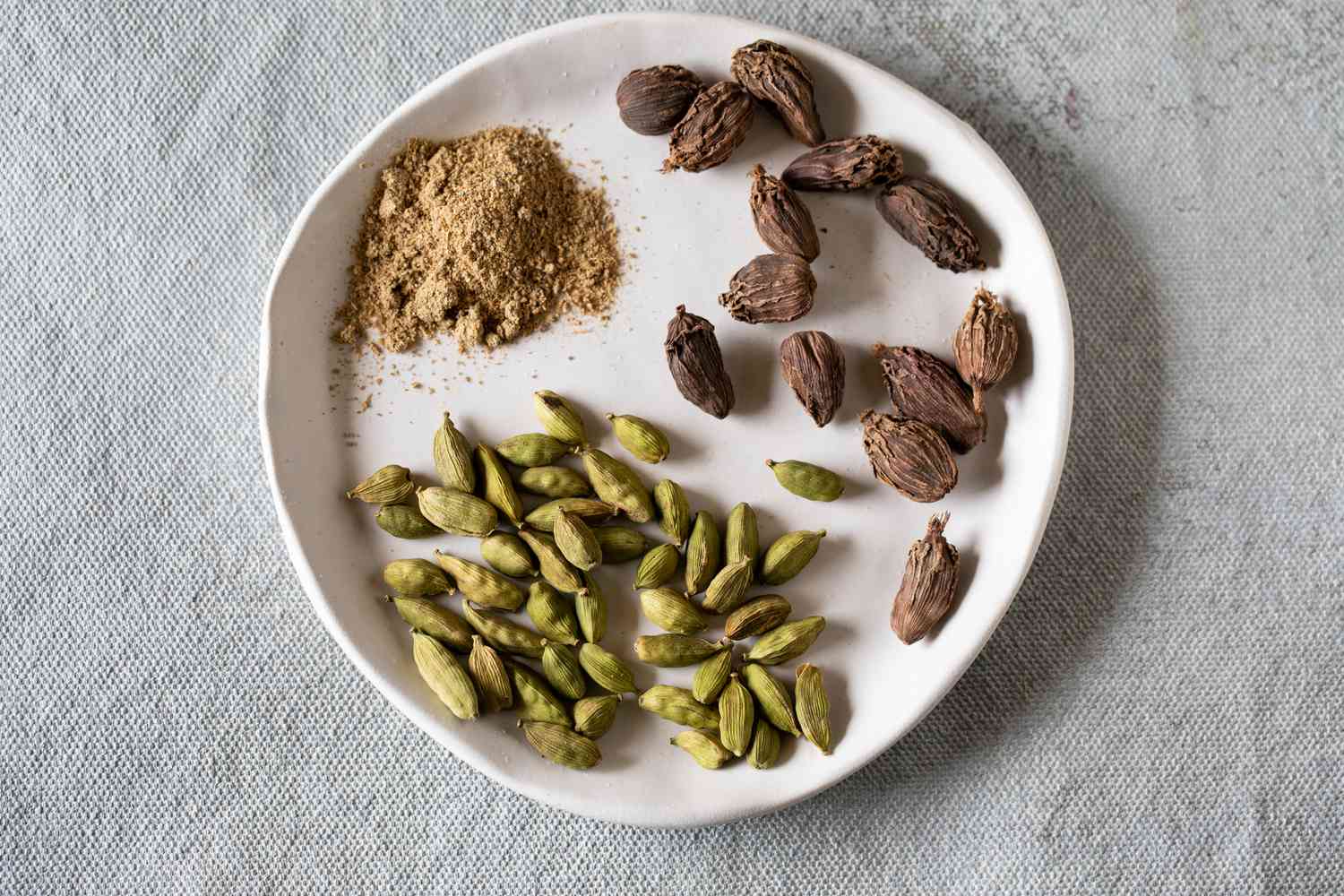
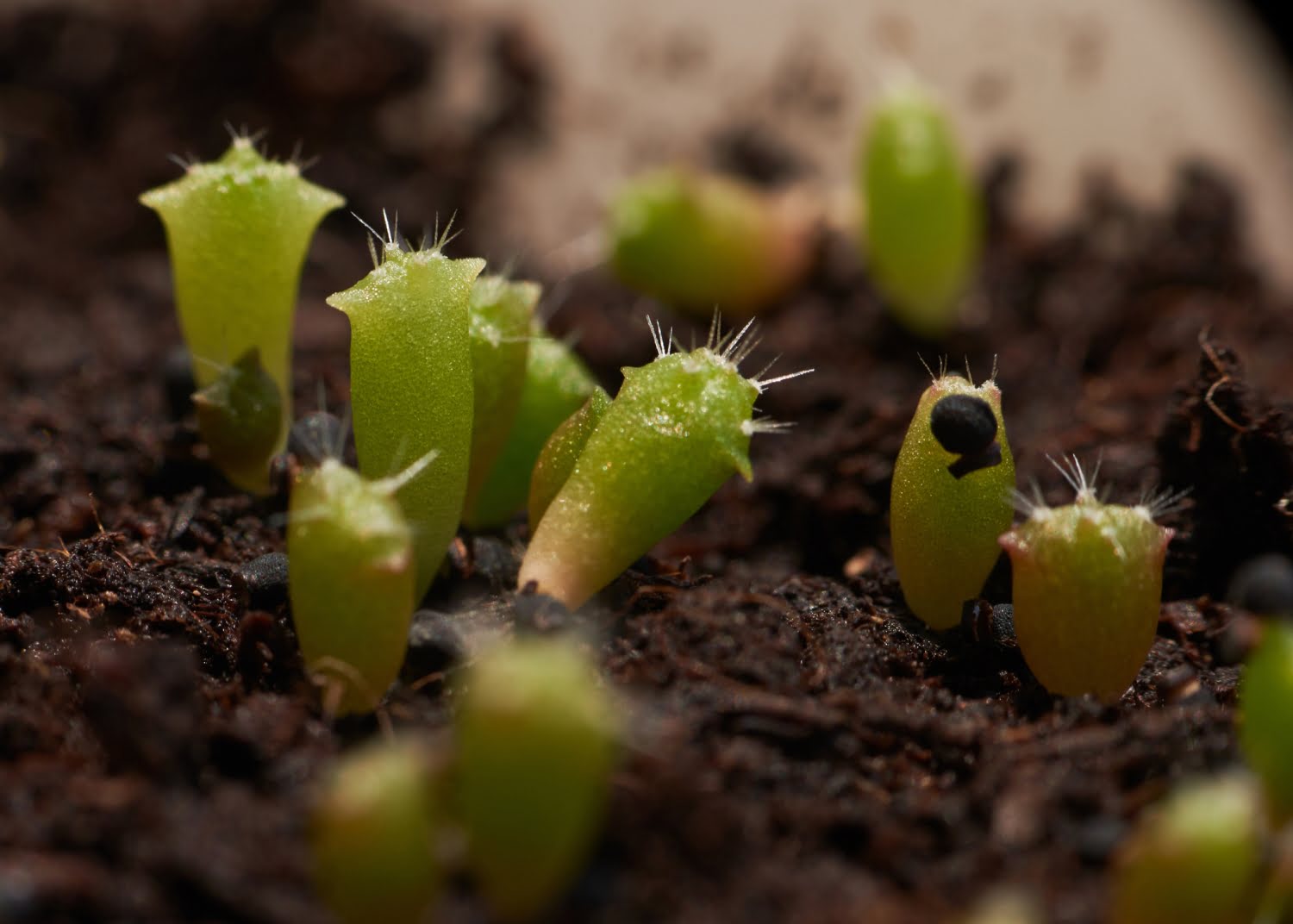
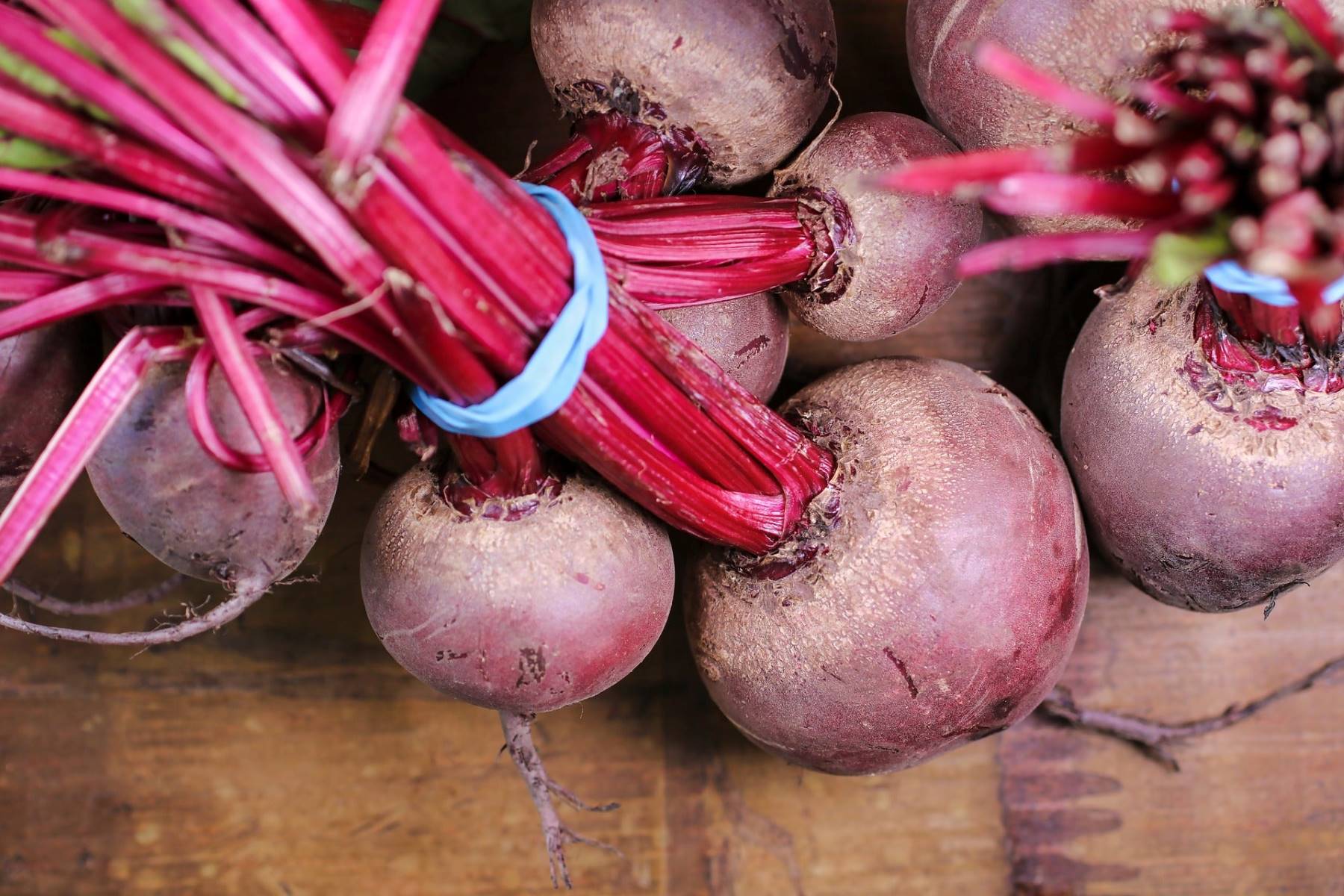
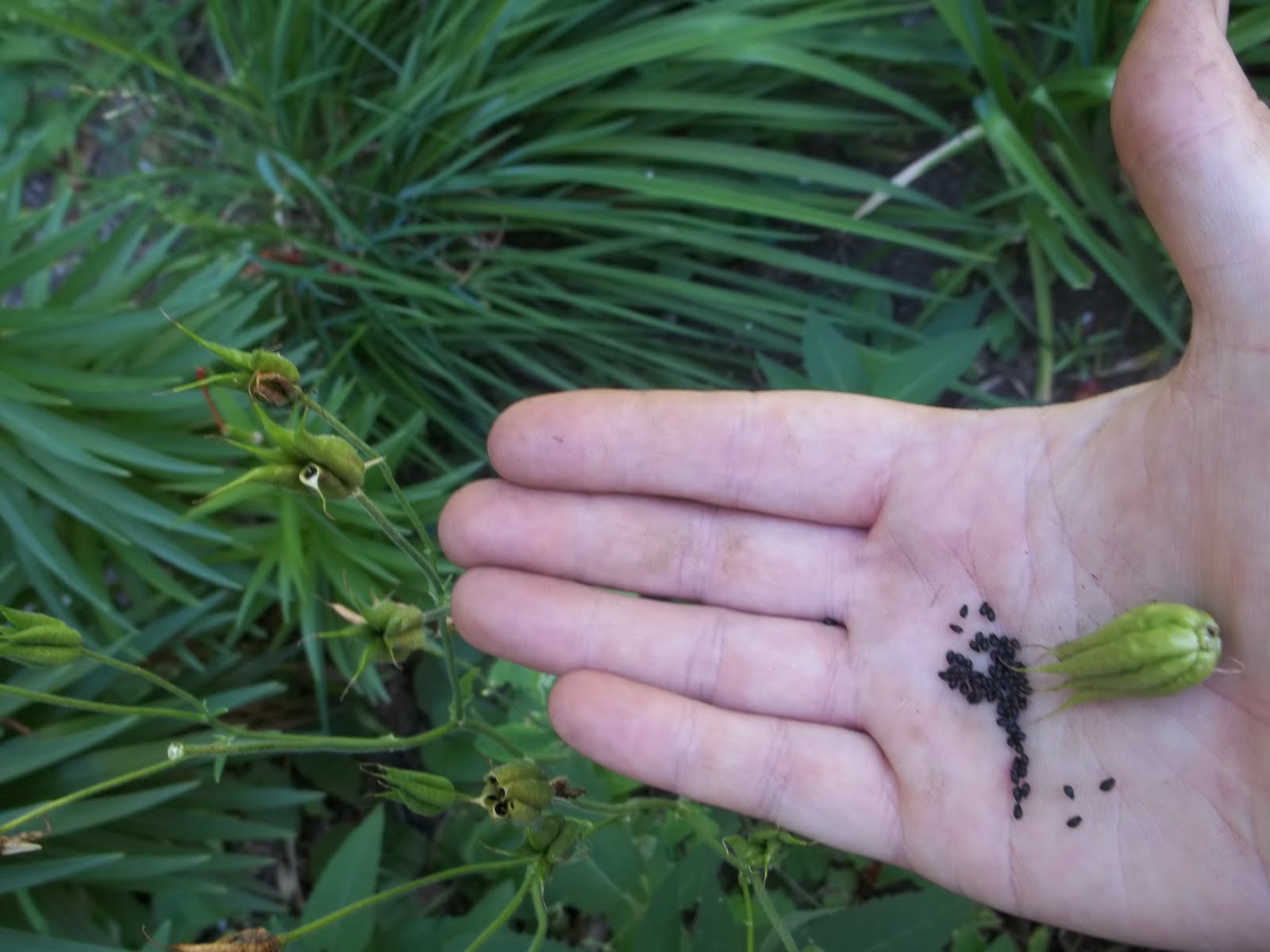
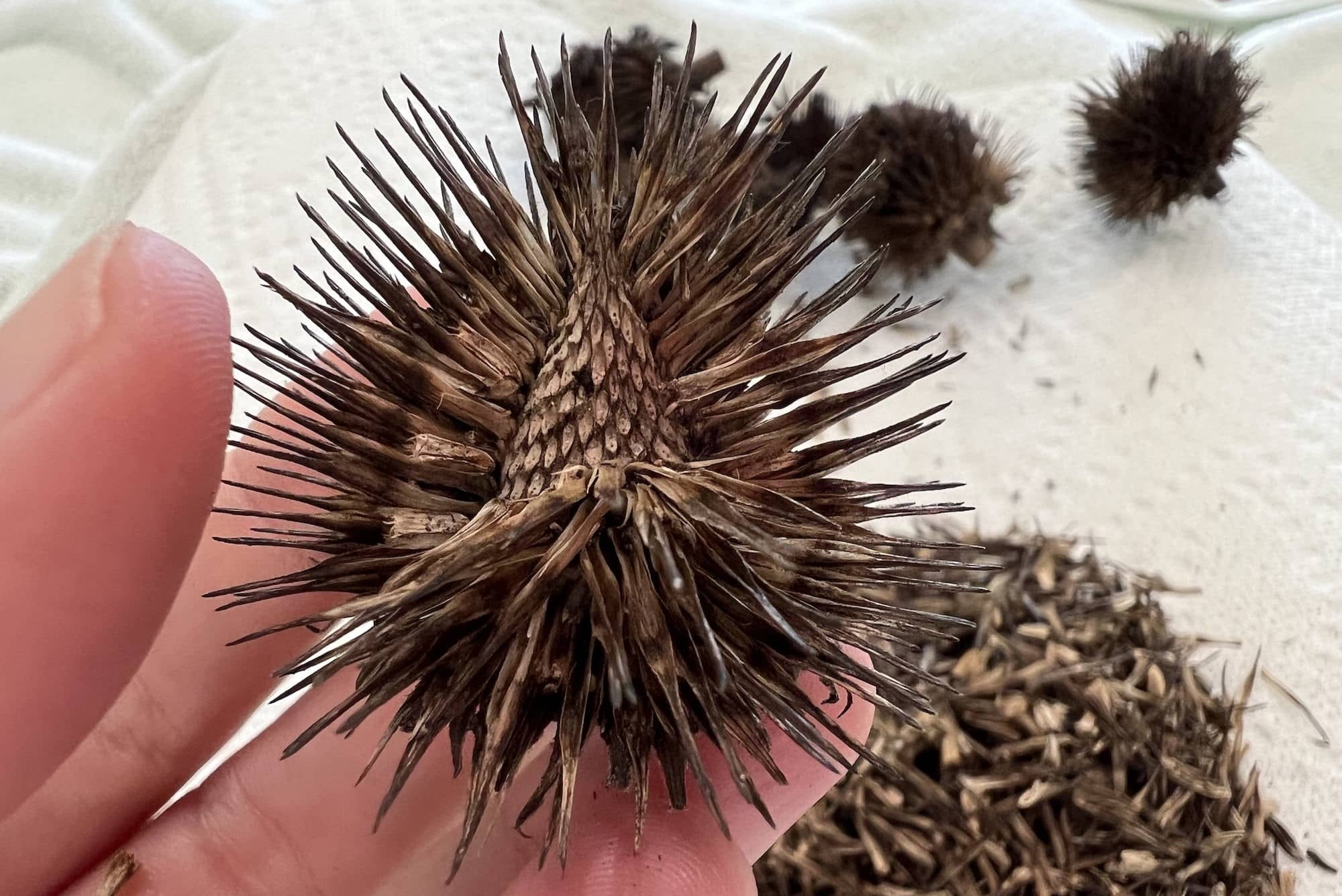

0 thoughts on “What Bugs Look Like Sesame Seeds”